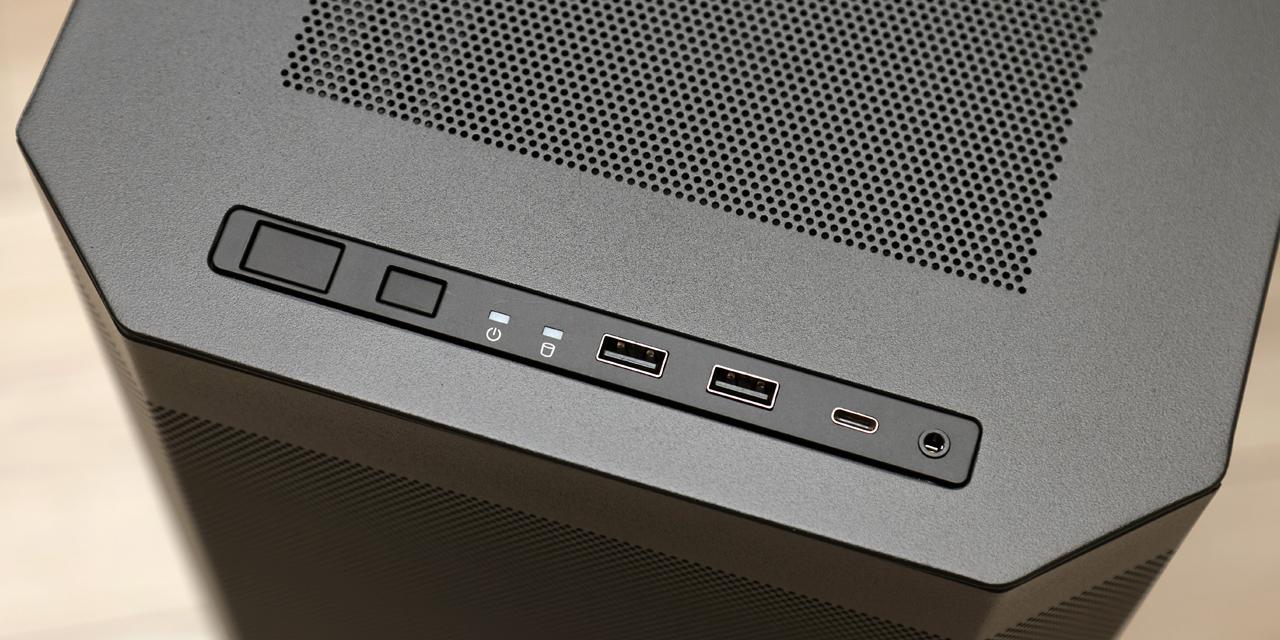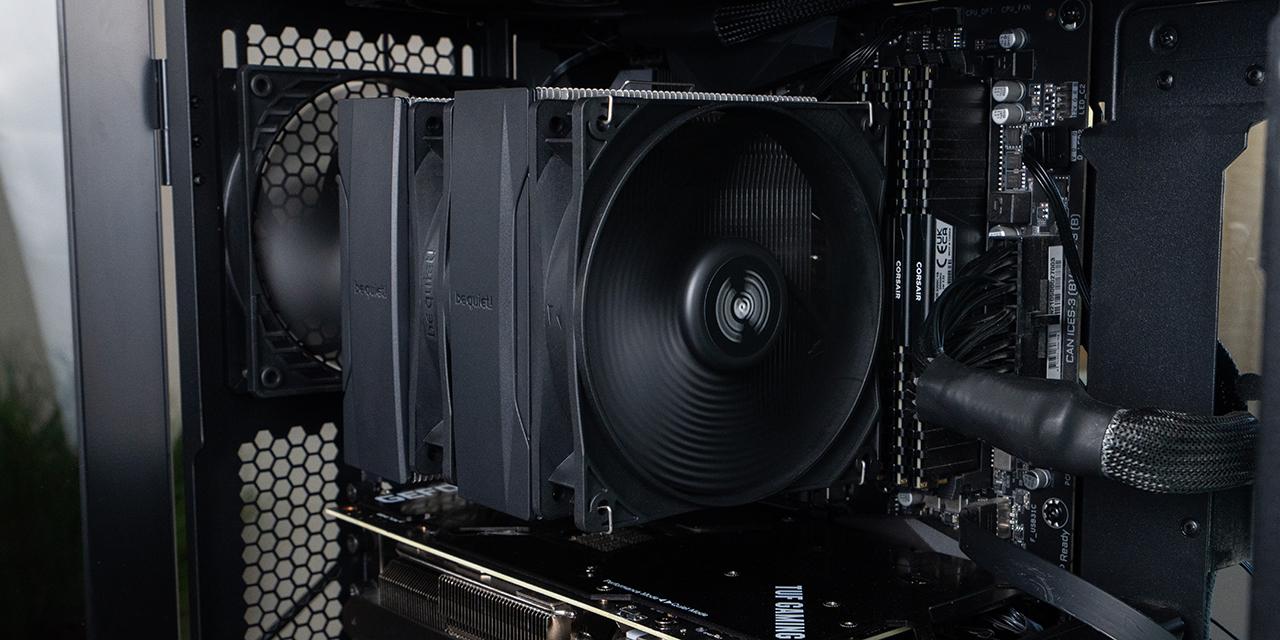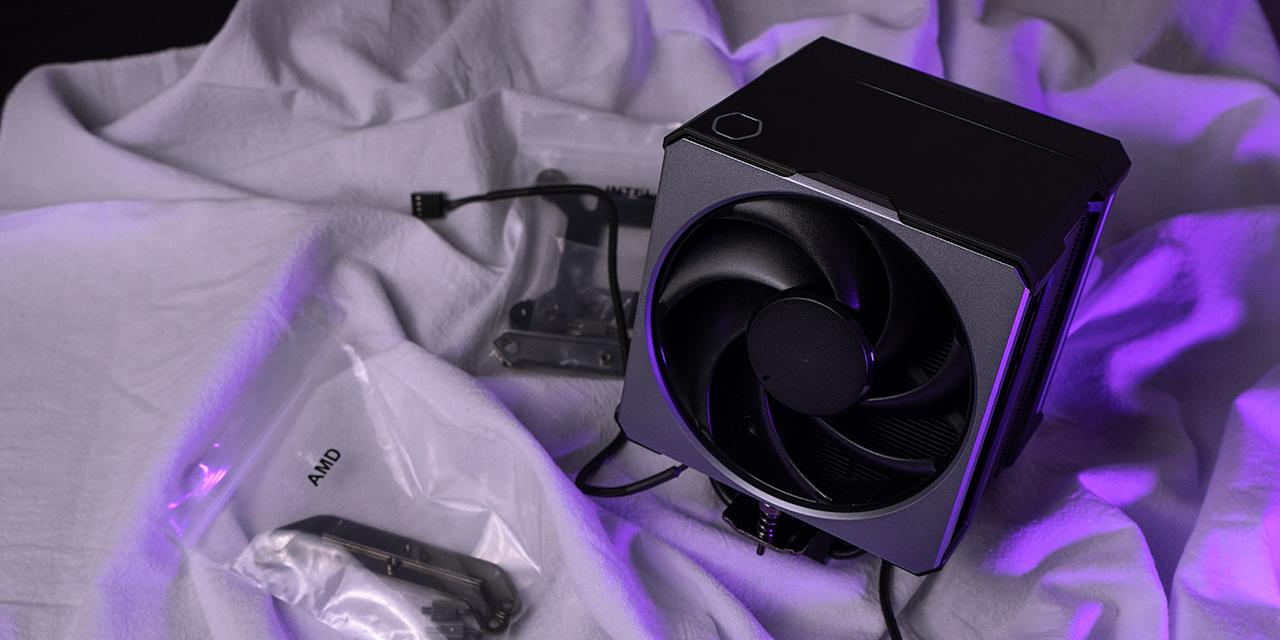By: Jonathan Kwan
August 12, 2011
Have you ever wondered why men are, in fact, better than women at things like math and science? Have you ever wondered why women are, in fact, inferior to men at things like driving a car? Before you start arguing with me -- safely assuming you are female -- of how you have had enough of these stereotypes, let me start you off with some facts. The fact is the inferior parietal lobule (IPL) in men are significantly larger than it is in women. In fact, the physical size of this brain region in the cortex is highly correlated to a person's mental mathematical capabilities, ability to rotate three-dimensional geometric figures in their head, and perception of space, time, and speed. It is just the way things are -- a fact. In the same way, have you ever wondered why desktop computer components are usually more powerful than its laptop counterparts? As with the last example, this is not a stereotype; it is a fact desktop computer components have much more relaxed size, power, and thermal requirements. This very flexibility allows desktops to show off more number crunching muscles than its mobile cousins. When we introduced to you the Kingston HyperX Grey Series DDR3-1600 2x4GB dual channel kit earlier this summer, the original manufacturer of high performance PC enthusiast memory has something that is good, but not exactly outstanding against the competition. On the other hand, if you place it under a shrink ray, and resize it to SODIMM dimensions, does it make all the difference? Let's look at what kind of facts we have in store with Kingston's HyperX PnP KHX1600C9S3P1K2/8G 2x4GB: The DDR3-1600 SODIMM set from Kingston HyperX that works at full speed right out of the box with virtually any modern laptop. More facts: Heatspreaders are included.
Our review unit of the Kingston HyperX PnP KHX1600C9S3P1K2/8G 2x4GB DDR3 SODIMM dual channel kit came in a physically medium sized -- but actually named 'Large' -- package from Kingston's American headquarters at Fountain Valley, California. Using FedEx International Economy, we were happy to discover everything arrived in excellent condition. Obviously, the FedEx package did not do much to protect its contents, but Kingston wisely included an extra corrugated cardboard box inside for additional protection. We ripped open the package after taking some photos, and got straight to work.
Similar to our previous Kingston product review, in order to ensure the Kingston HyperX PnP laptop RAM experiences no bumps and bruises during transport, a small brown corrugated cardboard box with paper fillings were placed inside the envelope for maximum protection. Upon looking at the real meat of the package, we were surprised to discover the company is using the exact same packaging for their laptop memory as their desktop counterparts. The tried-and-true, full sized PET shell and clear plastic cover combination is complemented by two plastic strips inside to prevent the SODIMMs from sliding around. You won't find any fancy inserts either; everything you need to know about this product is printed on the sticker that seals the package shut. Meanwhile, the two modules that make up the Kingston HyperX PnP KHX1600C9S3P1K2/8G 2x4GB kit are placed vertically next to each other behind the clear plastic cover, so we can enjoy looking at the fancy looking heatsink without opening even opening it.
Before we move on, let's take a look at the product description and specifications of the Kingston HyperX PnP DDR3-1600 2x4GB DDR3 laptop RAM, as obtained from the manufacturer's website:
Description
Kingston's KHX1600C9S3P1K2/8G is a kit of two 512M x 64-bit (4GB) DDR3-1600 CL9 SDRAM (Synchronous DRAM) 2Rx8 memory modules, based on sixteen 256M x 8-bit DDR3 FBGA components per module. Total kit capacity is 8GB. Each module kit has been tested to run at JEDEC DDR3-1600 at a low latency timing of 9-9-9 at 1.5V. Additional timing parameters are shown in the PnP Timing Parameters section. Each 204-pin SODIMM uses gold contact fingers and requires +1.5V.
PnP JEDEC Timing Parameters
- DDR3-1600 CL9-9-9 @ 1.5V
- DDR3-1333 CL8-8-8 @ 1.5V
- DDR3-1066 CL6-6-6 @ 1.5V
Features
- JEDEC standard 1.5V (1.425V ~ 1.575V) Power Supply
- VDDQ = 1.5V (1.425V ~ 1.575V)
- 800MHz fCK for 1600Mb/sec/pin
- 8 independent internal bank
- Programmable CAS Latency: 11, 10, 9, 8, 7, 6, 5
- Posted CAS
- Programmable Additive Latency: 0, CL - 2, or CL - 1 clock
- Programmable CAS Write Latency(CWL) = 8 (DDR3-1600)
- 8-bit pre-fetch
- Burst Length: 8 (Interleave without any limit, sequential with starting address “000” only), 4 with tCCD = 4 which does not allow seamless read or write [either on the fly using A12 or MRS]
- Bi-directional Differential Data Strobe
- Internal(self) calibration : Internal self calibration through ZQ pin (RZQ : 240 ohm ± 1%)
- On Die Termination using ODT pin
- Average Refresh Period 7.8us at lower than TCASE 85°C, 3.9us at 85°C < TCASE < 95°C
- Asynchronous Reset
- PCB : Height 1.180” (30.00mm), double sided component

A screenshot of the memory tab in CPU-Z with Kingston's HyperX PnP KHX1600C9S3P1K2/8G 2x4GB installed. The SPD timings table in CPU-Z reads standard JEDEC specifications programmed into the memory. Using the BIOS revision 1.22, our Lenovo ThinkPad T420 laptop equipped with an Intel Core i5-2520M dual core processor used for testing had no issues detecting and working with the HyperX PnP kit and its intended speed. There were some arguments on various websites on whether or not dual core Sandy Bridge mobile processors will work with DDR3-1600 RAM; Kingston's plug and play kit shows us it can do so flawlessly. As you can see in our screenshot provided above, this dual channel kit runs at a frequency of 1600MHz (800MHz actual clock) in conjunction with standard 9-9-9-27 latencies. The Kingston HyperX PnP KHX1600C9S3P1K2/8G 2x4GB SODIMM kit retails for approximately $110 at press time.
Page Index
1. Introduction, Packaging, Specifications
2. A Closer Look, Installation, Test System
3. Benchmark: AIDA64 CPU
4. Benchmark: AIDA64 FPU
5. Benchmark: AIDA64 Memory
6. Benchmark: PCMark 7
7. Benchmark: 3DMark 11
8. Benchmark: PassMark PerformanceTest 7.0
9. Benchmark: SuperPI 1M, Cinebench R11.5
10. Conclusion





